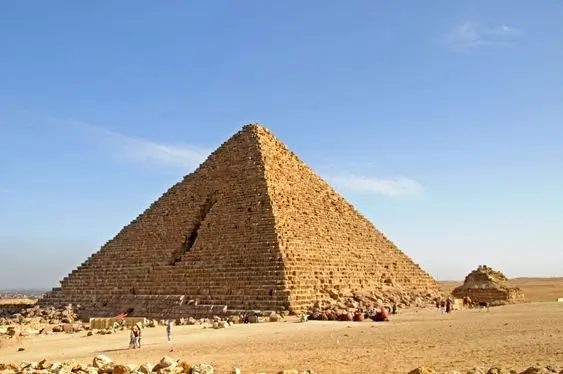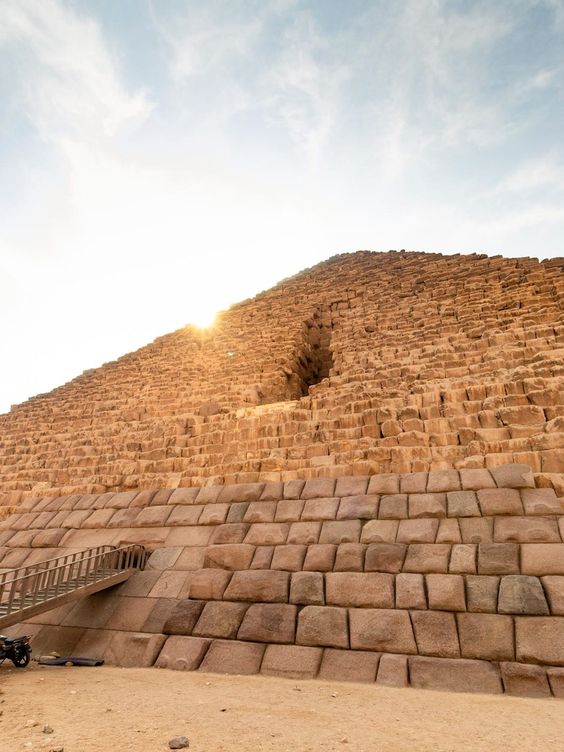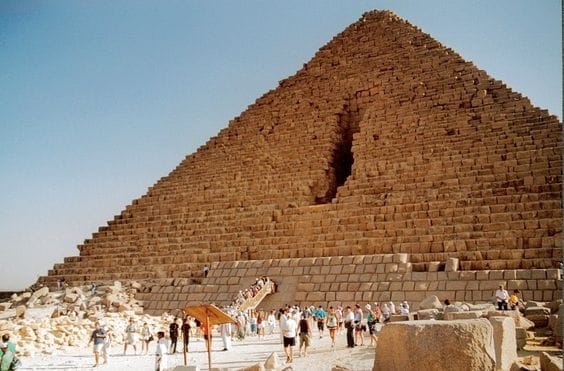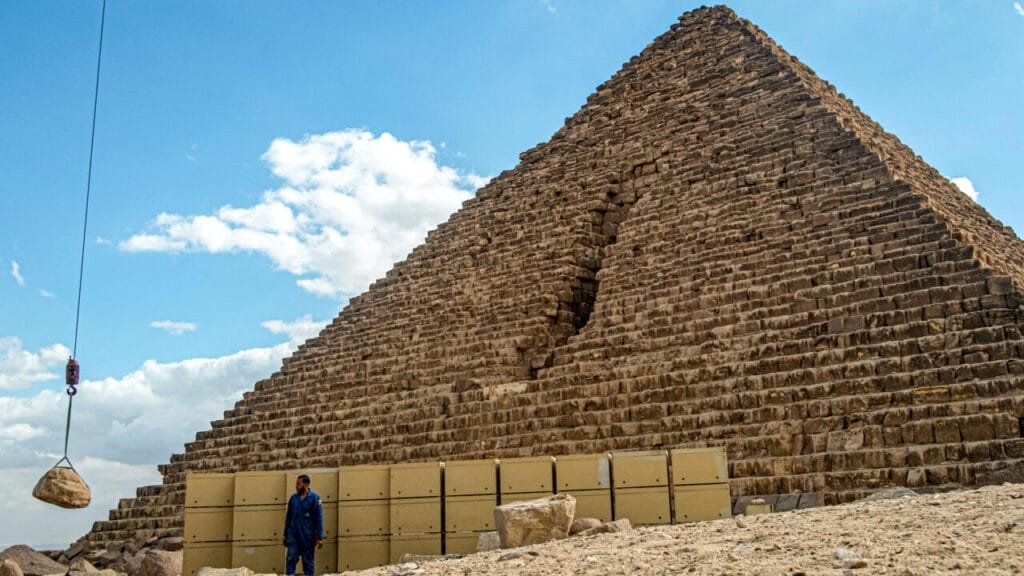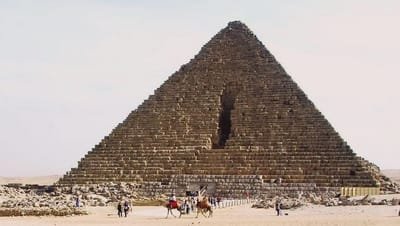The Pyramid of Menkaure, the smallest of the three pyramids on the Giza Plateau, is a remarkable monument that still captivates those who visit the site. Built for Pharaoh Menkaure, who reigned during the Fourth Dynasty of ancient Egypt, the pyramid was constructed around 2490 BCE. While it is dwarfed by its neighboring pyramids of Khufu and Khafre, Menkaure’s pyramid remains an impressive achievement in its own right. Originally standing at 65 meters (213 feet), the pyramid is much shorter than the Great Pyramid of Khufu, yet it has its own unique qualities and design features that set it apart. The pyramid complex includes a mortuary temple, subsidiary pyramids, and a causeway, all of which were designed to serve the pharaoh in his journey to the afterlife. The Pyramid of Menkaure may be smaller, but its artistry and historical importance are no less significant, making it a key part of the Giza Necropolis.
Egypt Tour Magic
Each tour type can be adjusted in terms of duration, activities, and accommodations to best meet the needs and interests of your clients.
About Us
Embark on a journey with Egypt Tour Magic and discover the magic of Egypt like never before …
Our Services
Discover the magic of Egypt with Egypt Tour Magic, where every detail is taken care of to ensure..
Our Team
At Egypt Tour Magic, our dedicated team is passionate about creating unforgettable travel experiences....
Refund and Returns Policy
At Egypt Tour Magic, we strive to provide exceptional travel experiences. However ..
Contact Us
We’re here to help you with any questions or to assist you in planning your next ..
Egypt Tour Magic
Explore More About Us


